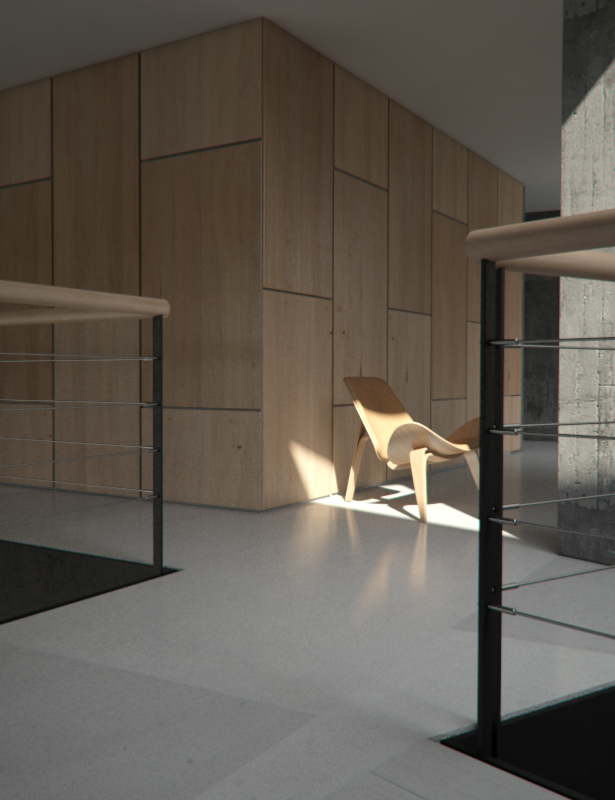

1 These guidelines were adopted in India, many developing nations and major institutions including NABH. Indian Society of Critical Care Medicine (ISCCM) guidelines on planning and designing ICU were first developed in 2001 and later updated in 2007. Definition of intensive care and intensivist, planning for strength of ICU and requirement of manpower were also described. Defined mandatory and desirable standards of all level of ICUs and made recommendations regarding structure and layout of ICUs. Conclusion: This paper summarizes consensus statement of various aspect of ICU planning and design. Recommendations were grouped in to structure, equipment and services of ICU with consideration of variation in level of ICU of different category of hospitals. Level III ICUs further divided into sub category A and B. Discussion on draft through video conferencing, phone calls, Emails circulations, one to one discussion Result: Based upon extensive review, survey and input of experts’ ICUs were categorized in to three levels suitable in Indian setting.

Several face to face meetings of the expert committee members in big and small groups with extensive discussions, presentations, brain storming and development of initial consensus draft.

Visiting of different types and levels of ICUs by team members to understand prevailing practices, aspiration and Challenges. National Survey of ISCCM members and experts to understand their viewpoints on respective issues. Material and Methods: Extensive review of literature including search of databases in English language, resources of regulatory bodies, guidelines and recommendations of international critical care societies. It also aiming to promote leadership and development and managerial skill among the critical care team. Aim: To have a consensus document reflecting the philosophy of ISCCM to deliver safe & quality Critical Care in India, taking into consideration the requirement of regulatory agencies (national & international) and need of people at large, including promotion of training, education and skill upgradation. Various international professional bodies in critical care have their own position papers and guidelines on planning and designing of ICUs being the professional body of intensivists in India ISCCM therefore addresses the subject in contemporary context relevant to our clinical practice, its variability according to specialty and subspecialty, quality, resource limitation, size and location of the institution. These guidelines were adopted in India, many developing Nations and major Institutions including NABH. Indian Society of Critical Care Medicine (ISCCM) guidelines on Planning and Designing Intensive care (ICU) were first developed in 2001 and later updated in 2007.


 0 kommentar(er)
0 kommentar(er)
